
views
The Enchanting and Sometimes Challenging World of Raising Red Pandas.
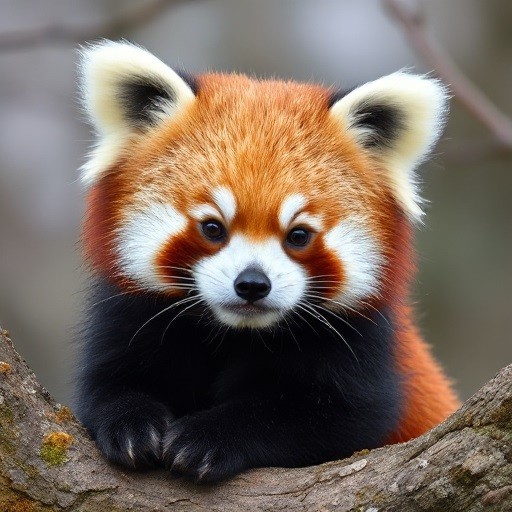
Red pandas, Those fluffy, enigmatic creatures with the mischievous glint in their eye. They capture our hearts with their adorable antics and captivating beauty. But raising these seemingly cuddly animals is far from a walk in the bamboo forest. It's a journey filled with heartwarming moments, frustrating setbacks and a deep commitment to their well-being. This journey demands a thorough understanding of their unique needs, from dietary requirements to veterinary care, and even the complexities of introducing them to other household pets.
Understanding the Red Panda Personality: A Balancing Act of Independence and Affection
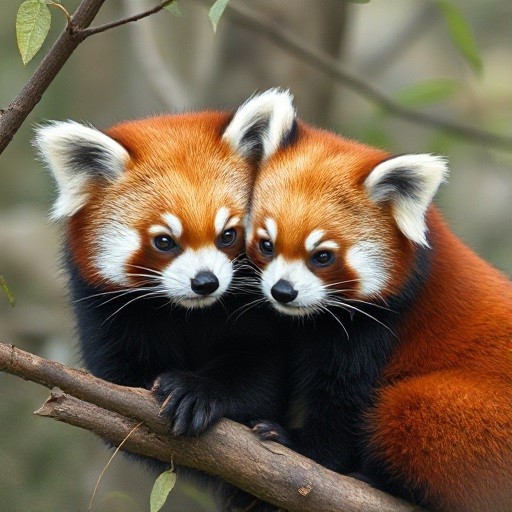
Before even considering bringing a red panda into your life, it’s crucial to understand their temperament. They are not domesticated animals. While they can be affectionate, they are inherently wild creatures with a strong instinct for independence. They're crepuscular, meaning most active during dawn and dusk, and possess a natural shyness that requires a gentle, patient approach. Forcing interactions will only lead to stress and fear, potentially harming the bond you're trying to build. Think of it less like owning a pet and more like being a responsible guardian of a wild animal in a carefully managed environment.
Creating the Perfect Habitat: Mimicking their Mountain Home
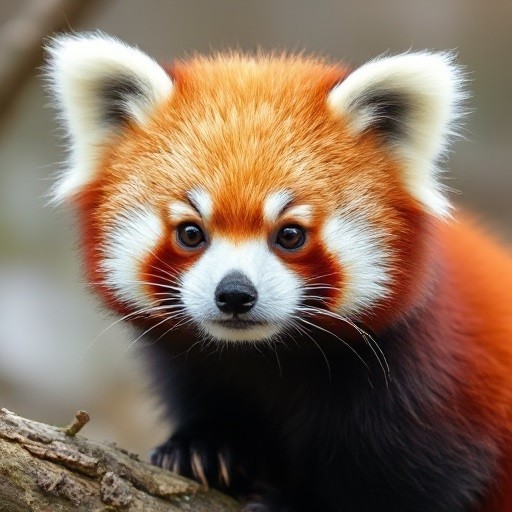
Red pandas thrive in environments that mimic their natural habitat – the cool, mountainous regions of the Himalayas. A spacious enclosure is paramount, ideally one that allows for climbing, exploring, and resting in high places. This could be achieved with sturdy branches, climbing structures, and platforms at varying heights. Providing ample shade is crucial, especially during warmer months. The enclosure needs to be secure and escape-proof, as these agile climbers are masters of finding weaknesses. Keeping the temperature cool and the humidity moderate is also vital for their well-being. They require a clean and stimulating environment; daily cleaning and regular enrichment activities are essential to preventing boredom and promoting natural behaviors.
Dietary Delights: More Than Just Bamboo
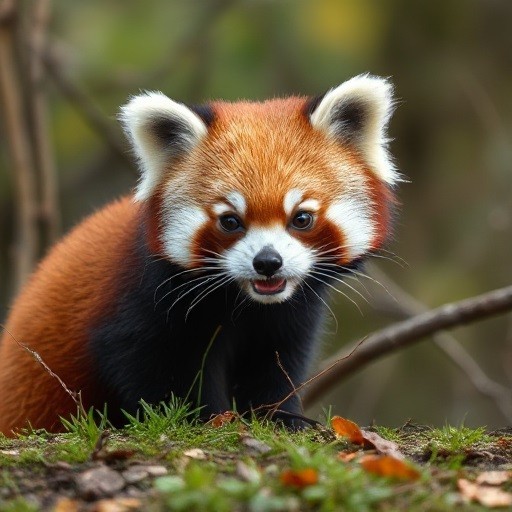
The diet of a red panda is a delicate balance. While bamboo constitutes a significant portion of their diet in the wild, captive red pandas often require a more varied and supplemented diet to ensure they receive all the necessary nutrients. Bamboo should be a staple, but supplementing with fruits, vegetables, insects, and specially formulated red panda pellets is essential. The exact ratio will vary depending on the age and health of the panda, so veterinary guidance is essential in formulating a nutrition plan. Avoid giving them processed foods, sugary treats, or anything that could potentially be harmful. Fresh, clean water should always be readily available.
Veterinary Care: A Crucial Aspect of Red Panda Ownership
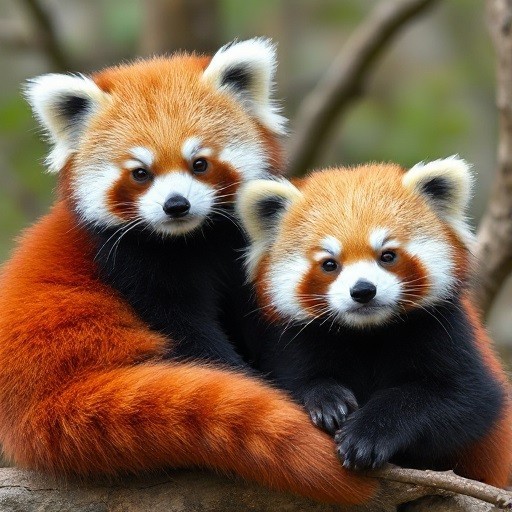
Veterinary care for red pandas is specialized and crucial. Finding a veterinarian experienced with exotic animals, specifically red pandas, is non-negotiable. Regular check-ups, vaccinations, and parasite prevention are essential. Early detection of any health issues is vital, as many red panda illnesses can be difficult to treat. Be prepared for the potential financial burden of specialized veterinary care; this is a considerable commitment that should be factored into the decision to raise a red panda.
The Question of Companionship: Cats and Dogs – A Risky Proposition
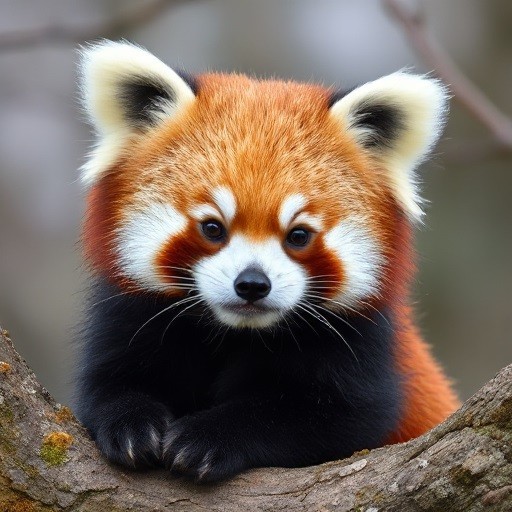
Introducing a red panda to other household pets, such as cats and dogs, is a highly risky endeavor. While seemingly docile, red pandas can become defensive if they feel threatened, and even a playful interaction with a dog or cat could lead to injury. Their sharp claws and teeth are not something to be underestimated. Cats, particularly, could be viewed as prey, leading to a potentially dangerous interaction. It’s strongly advised against keeping red pandas in close proximity to other domestic animals unless there’s extensive and controlled socialization under the guidance of a trained animal behaviorist. The safety and well-being of the red panda should always be the primary concern.
The Emotional Commitment: A Lifetime of Responsibility
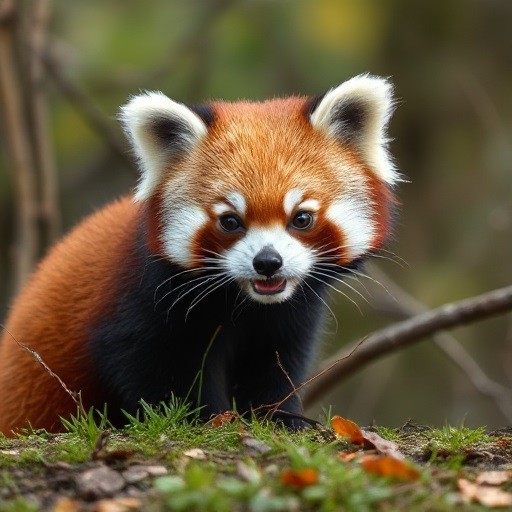
Raising a red panda is not a fleeting fad; it's a long-term commitment that spans decades. These animals can live for 10 years or more, requiring consistent care, attention, and financial resources throughout their entire lifespan. The emotional investment is significant, as you're responsible for the well-being of a highly sensitive and intelligent creature. It's a rewarding experience for those who are prepared for the challenges, but it requires dedication, patience, and a profound understanding of the needs of this extraordinary animal. Before embarking on this journey, thoroughly research the requirements, seek professional guidance, and honestly assess your ability to provide the high level of care a red panda deserves. Remember, it's not about ownership, it’s about custodianship – a responsibility that should never be taken lightly. Only with responsible and informed care can we ensure the continued health and happiness of these magnificent creatures.
All images are AI generated.











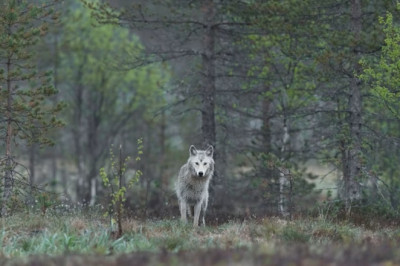




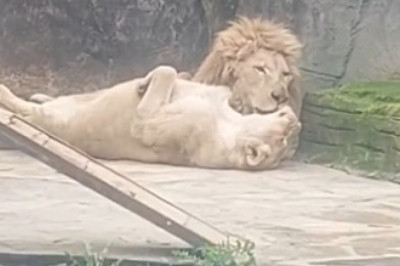
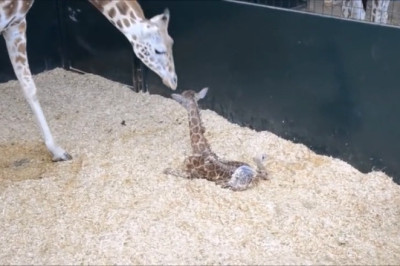

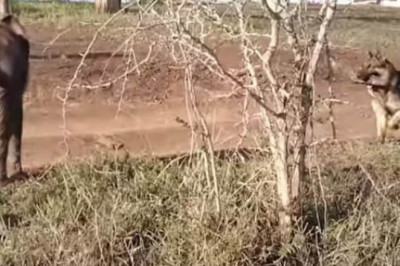
Comments
0 comment